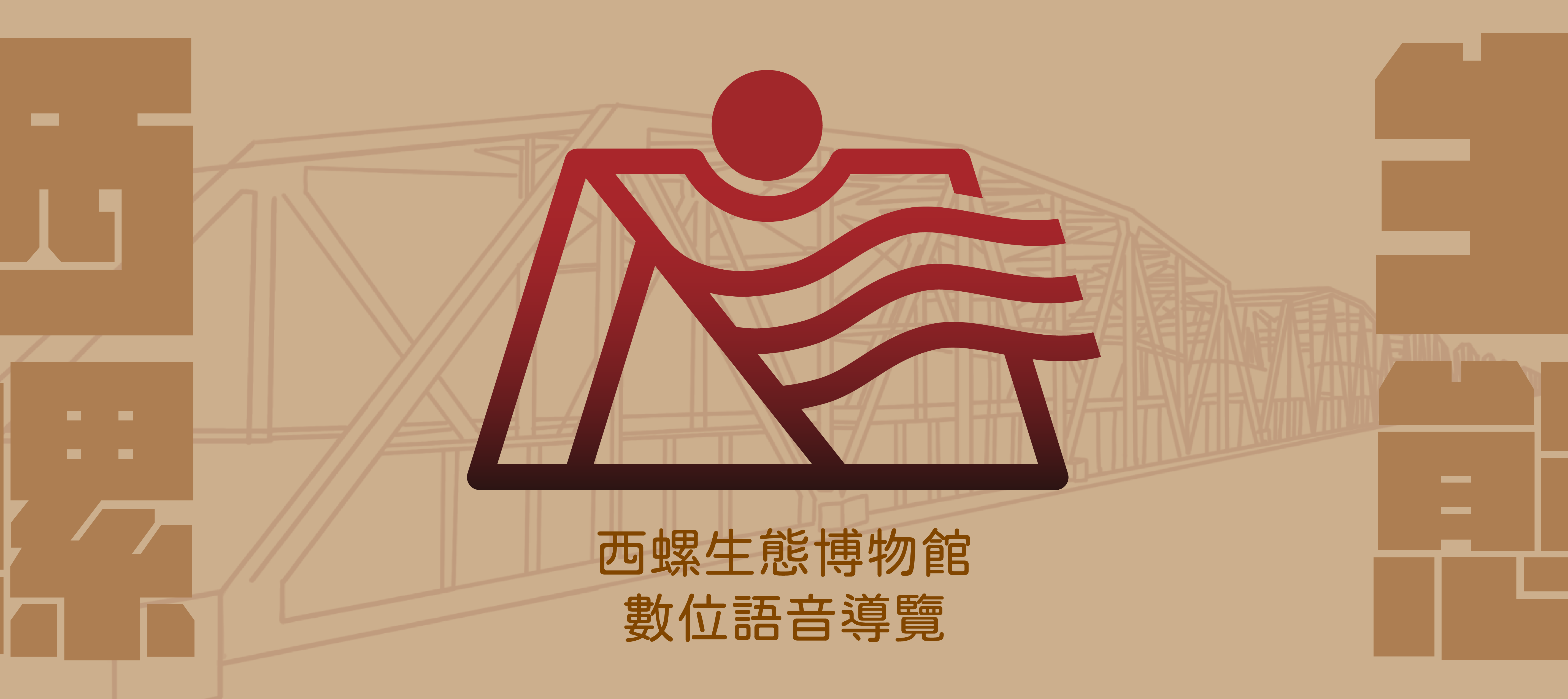



Hall



點此聽中文語音導覽
(下方有中文解說文字)
點此聽英文語音導覽
(下方有英文解說文字)
第三進是約90年前建成的,乍看像西洋建築風格,但仔細觀察,它還是延續著中國傳統閩式建築的格局。1933年前,這裡就是三合院三間開的閩式建築:中間神明廳,左右有護龍房間,天井就像合院的內埕一樣,廁所依舊在屋外,居住習慣還是流淌著漢人生活文化的精髓。
It is about 90 years ago the third entry was completed. It looks like a Western architectural style at the first glance, but on closer inspection, it is actually built in the pattern of traditional Chinese Min-style architecture. Before 1933, this place was a Sanheyuan bungalow building shaped like a square without one side. The middle house is connected and communicated at the two side(called Hù lóng, means "Dragon Guard Room") by the door-opened of the room, the other door of the room right facing to the outside. The central is the Shenming hall for the family to worship their ancestors and some gods. The patio is like the inner courtyard of Sanheyuan. The toilet is outside the house. All about this tells that people here still conserve the essence of culture of ancient Han people's living convention.
另外,左右兩側的狹小樓梯,一不小心可是會跌倒的呢!為什麼樓梯要建得如此陡峻呢?最常見的說法是為了節省空間,還有為了要減緩小孩子們上下樓的速度,同樣的原理,每一進之間,都有高起的門檻,也都是為了避免孩子們在各進之間奔跑而設置的。
In addition, the narrow stairs on both sides are steep, which may cause you to fall down if not being careful. So why is it built steep? It was said to save space, also to slow down the speed of children's steps, so does the concept for every entrance. For example, there are high thresholds for avoiding children running around.
在大廳中,懸掛著一幅張許聯姻在埤頭里張崇岳大宅的合照。是昭和六年捷發主人許金嫁女的大事,因匯聚多位地方仕紳親友的合照,照片中的人都是足以影響社會發展的社會賢達,裡面有廖重光、廖承丕、陳明鏡、張崇岳、李應鏜、廖學昆等人。您可以再近一點看看,您認識幾位呢?
Hanging on the middle hall is the picture of Zhang and Hexu's marriage taken picture of at the villa of Zhang Chongyue. This marriage was, both for the house owner and this area, a big matter in Showa 6 of the era of Japan, which can be proved in the picture, this wedding gathering lots of local celebrity who were powerful enough to affect this area's development .Look closer! Do you recognize one of them?
在大廳兩側門楣上面的「珠簾」、「雨捲」,這兩詞出自陸羽茶經中「緣邊如湧泉連珠為二沸。」及「騰波鼓浪為三沸…」,描述著茶湯沸騰時產生的水泡及水沫飛濺的情況。右門楣上的:「瑤草春日抽芽北苑叢生香浮蟹眼,林葉秋時採嫩武夷競茁暖刷蟬膏」,辭彙中滿滿的茶文化,蟬膏指的是宋朝流行的濃稠茶膏。
Up on the lintel of the door at two sides of the hall are carved with two words bead curtain and rain roll,which are from the Lu Yu's poem describing how the tea bubbles dance when the tea is boiling. And also the poem on the lintel of the right door is about the growth of tea. These words fully expose the importance of tea in Chinese culture.
左邊對聯上面寫著:「瑤台月下煮龍團七碗盧仝能敵睡,林泉石上評雀舌點甌陸羽振精神」。盧仝是唐朝的茶仙,他所作的「七碗茶詩」盛名傳世。點甌意為泡碗茶。這裡表達著茶聖、茶仙對茶的愛好與讚詠。
On the lintel of the left door is the poem written by Lu Tong, a poet so called the" Tea Fairy of Tang Dynasty". It describes about how tea was so popular with these poets in Tang Dynasty that they even made poems to expresses their affection of tea.
大廳磨石子牆壁也別有來頭喔!可以看到日本文化中代表富貴的菊花紋飾及像台灣鐵路局符號的「台」紋飾。第三進建築裡隨處可看到漢和洋等文化元素,代表著台灣百年前對世界文明兼容並蓄的特質。
The stone material for the wall of the hall means something important. You can see there are on the wall the chrysanthemum pattern which represents the wealth and the noble in the Japanese culture, and along with it is the pattern of "Taiwan" character which is the symbol of Taiwan railway administration. It is obviously the interior style of the third part of the house presents an element fusion of Hans and Japanese culture, which reveals the compatible traits of Taiwan a century ago.